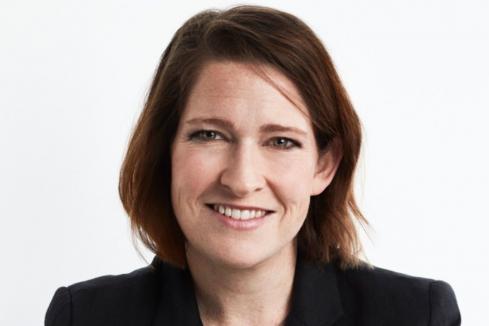A local health fund's new image is a result of an entire company overhaul.


A local health fund's new image is a result of an entire company overhaul.
Private health fund HIF is one of the oldest insurers in Western Australia, not that you'd know from its rebranded image.
HIF was established in 1954 as the state government's fund for railway employees.
It has undergone several name and image changes in the years since, but the rebrand earlier this year is arguably the most drastic, as very little emphasis is placed on HIF's local legacy.
The only remnant from the previous brand is the traditional blue; everything else is new and, according to managing director Graeme Gibson, reflects company values that have emerged during eight years of significant improvement and growth.
"Now we're all about agility, innovation and giving customers choice," Mr Gibson told Business News.
The HIF rebrand has not been a short-term process of identifying a point of difference and rolling-out an aggressive marketing campaign – as is the case with some rejuvenated brand launches.
In HIF's case, the new brand reflects a business that has changed significantly in recent years, with impressive growth to match.
When Mr Gibson joined the company as chief financial officer in 2004 the business was doing it tough, with the board on the verge of succumbing to pressure from larger funds in the local market and selling out.
Similarly, its brand also lacked vigour.
"Most notably [HIF] was far too silent in the market and it really didn't have a voice," Mr Gibson told Business News.
To save the business Mr Gibson had to increase profits and introduced a growth strategy different to other health funds.
"The easy out for me would have been to defer back to price (and increase premiums)," he said.
"What I focused on instead was affordability; that is the key to our success."
Mr Gibson worked hard to keep premiums low and increase the fund's membership base.
Under his leadership (Mr Gibson became managing director in 2009), HIF has increased the number of policyholders by 109 per cent with revenue growing 178 per cent as a result; during this period, premium increases have remained below the industry average.
The fund now brings in annual revenue of about $100 million and has about 40,000 members.
While admittedly starting from a low base, the growth of HIF's membership has been well above that of any other player in the WA market.
In the year to 2012, HIF grew its member base by 12 per cent, while rival HBF was below the industry average of 3.7 per cent with growth of only 2.8 per cent.
On the back of such a turnaround in the business' finances and growth, Mr Gibson said a rebrand was necessary as it needed to reflect the new and modern business HIF had become.
It had also created its own mobile app and invested heavily in being accessible to members online – qualities not reflected in the old brand.
Richard Beards from advertising agency Rare, which handles the HIF account, said despite the health fund's growth and improvement, the progress was lost on potential members.
"People knew what HIF was but they didn't particularly know what it stood for or what its unique value proposition was," Mr Beards told Business News.
"(That unique value proposition) is not so much about finding something that you can hang your hat on.
"A good brand strategy is about digging deep within the brand and finding something that is a basic truth."
HIF's 'basic truth', which has enabled it to grow membership at such impressive rates, has been giving members the choice of care providers – thus the new catchphrase 'your health your choice'.
It was a bold move to change the HIF brand without trumpeting its history in WA, but Mr Beards said it was imperative if HIF was to appeal to its key demographic.
"The trouble with heritage is that when you're targeting a younger audience, if you leverage too much on your heritage they just think you're an old-fashioned brand," he said.
The new modern brand was launched with a focus on appealing to younger Australians who value the ease and convenience of dealing with HIF on the go.
Mr Gibson said members who have been with the fund since 1954 could still take comfort in the fact the 'old HIF' still exists in the image in the familiar blue tone.
There has also been surprisingly little emphasis on HIF's WA roots, as Mr Gibson said, the fund was actively working to expand its national reach.
"Competition is good for consumers and in the context of 34 health funds (nationally) we believe, as the third fastest growing health fund in Australia, why would we limit ourselves to WA?" he said.

















